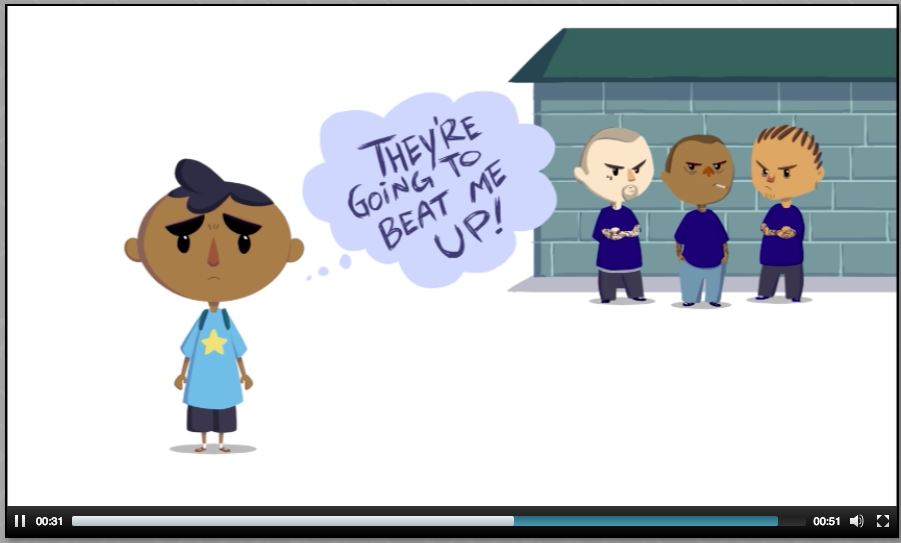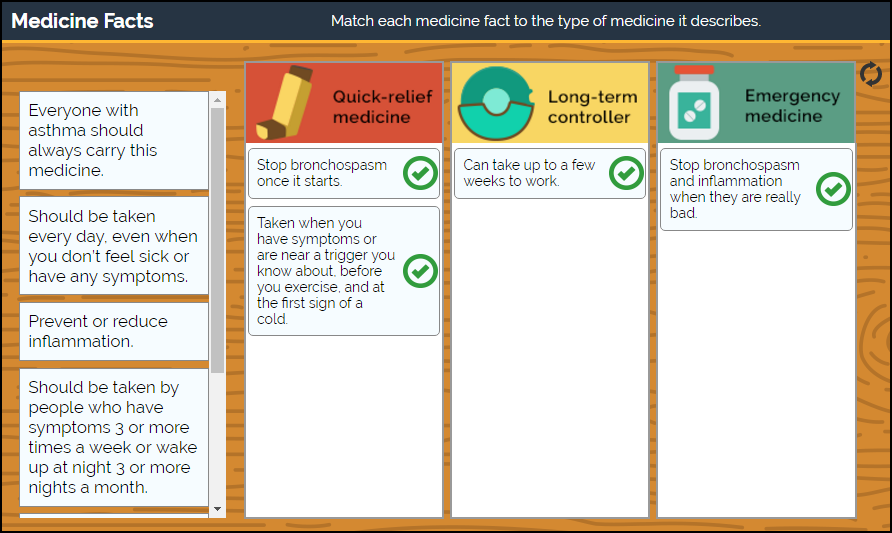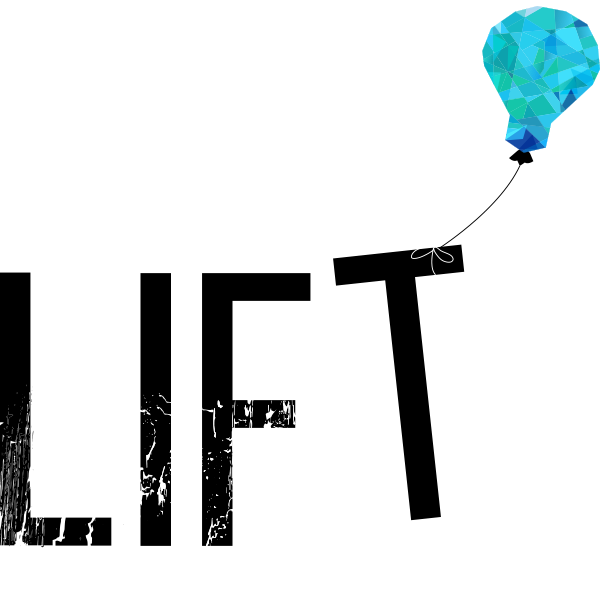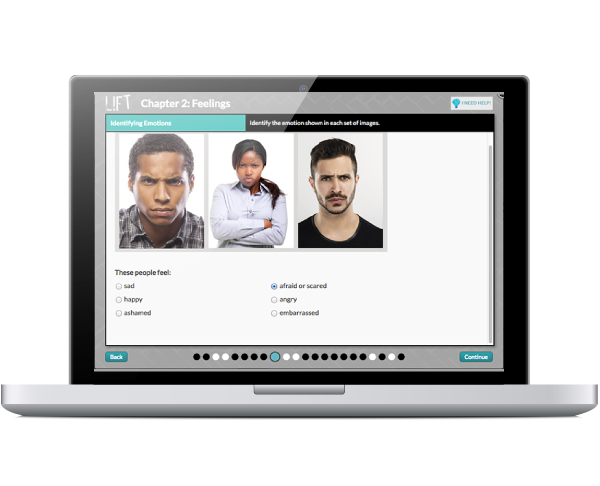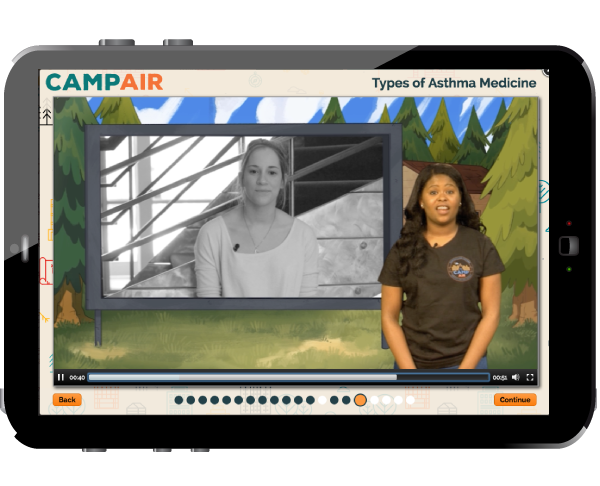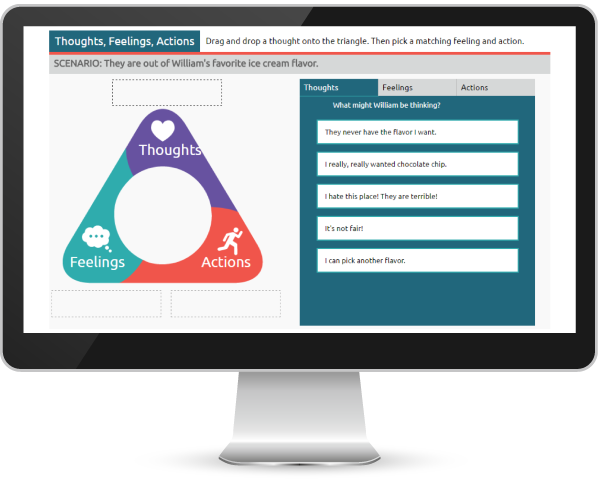E-LEARNING FOR BEHAVIOR CHANGE
Reach more people and maximize your results with DeLP, the dynamic e-learning platform for online instruction.
Why DeLP?
Built on a decade of research, our powerful, dynamic e-learning platform has been proven as effective as in-person instruction. DeLP implements the evidence-based cognitive theory of multimedia learning to engage diverse types of online learners. Learners gain skills and strategies to improve their own behavior, symptoms, and/or overall well-being.
Each DeLP course includes direct instruction, illustrated examples, and opportunities to practice, all customized for the learning objectives and audience.
User-friendly course components
Course components such as self-paced videos and interactive exercises, a user dashboard, an online binder, and a resource center allow users to learn at their own pace and easily revisit course content.

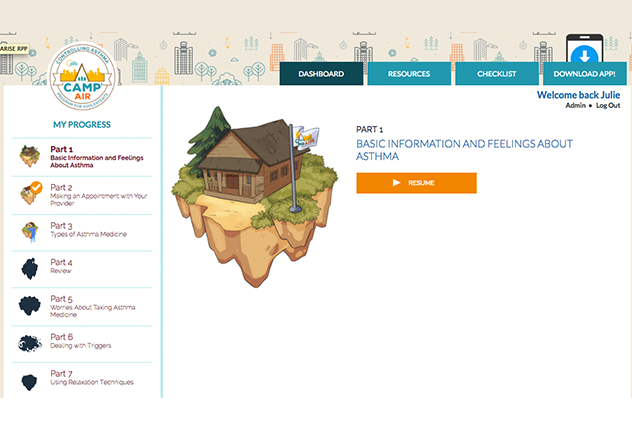

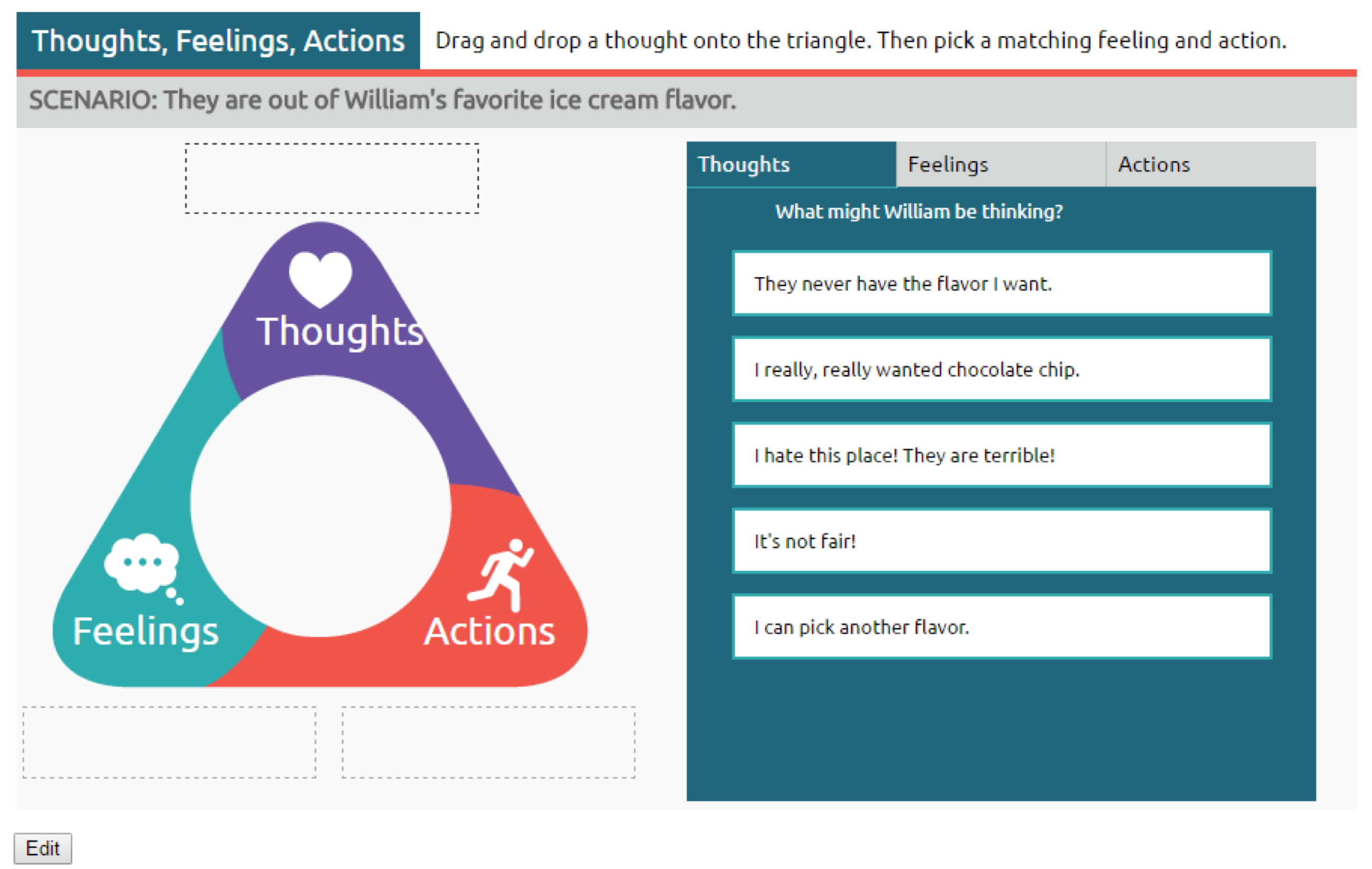
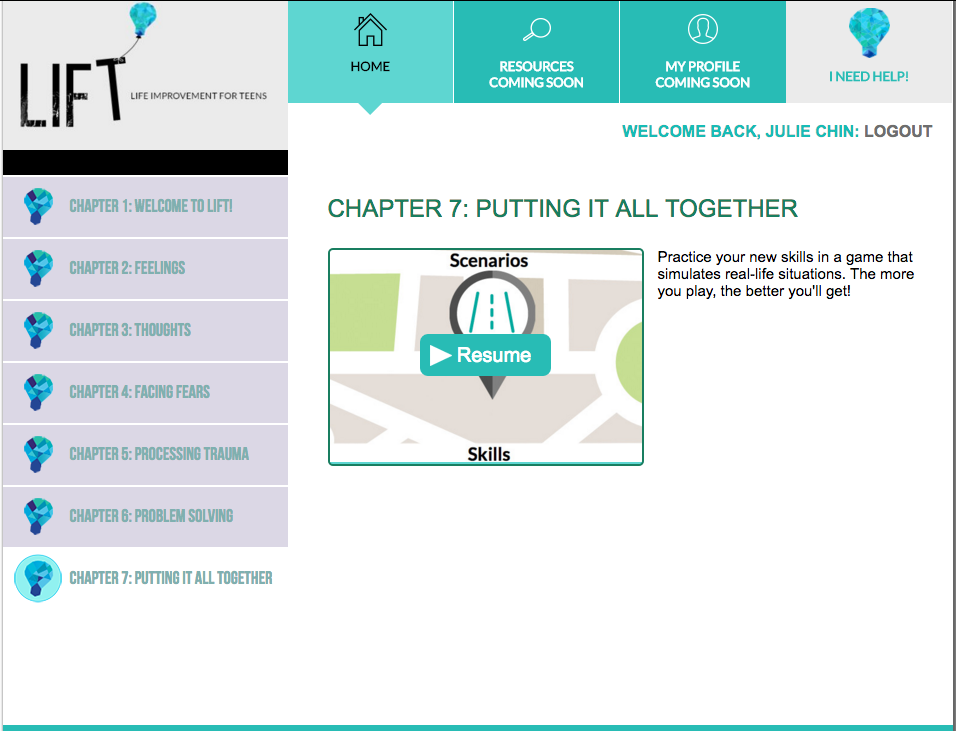
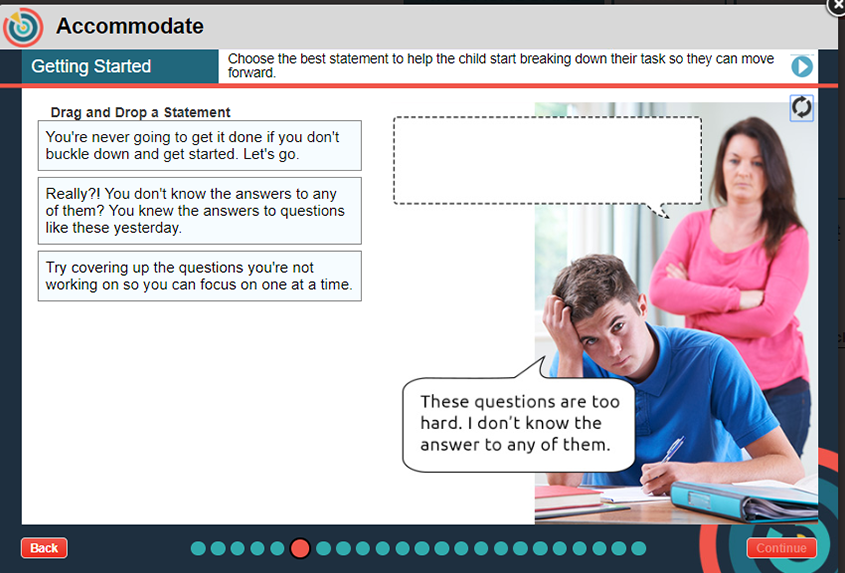

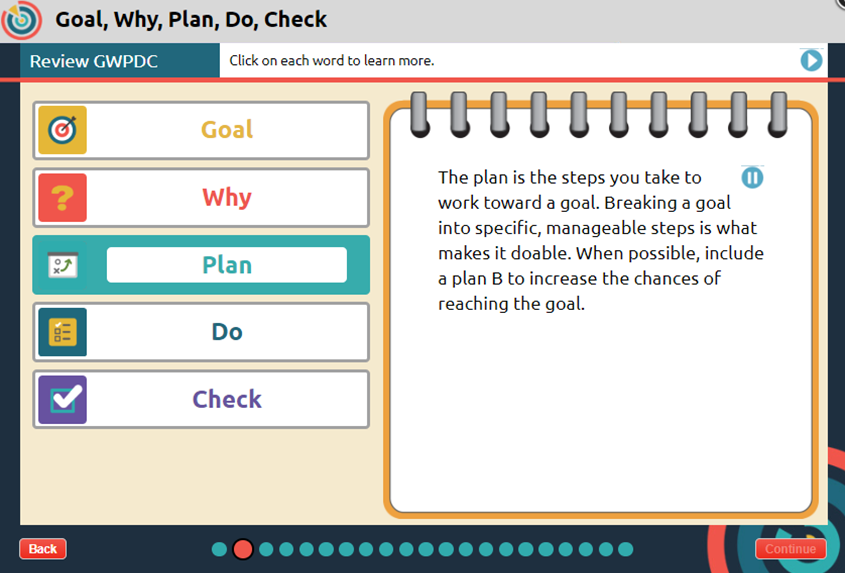


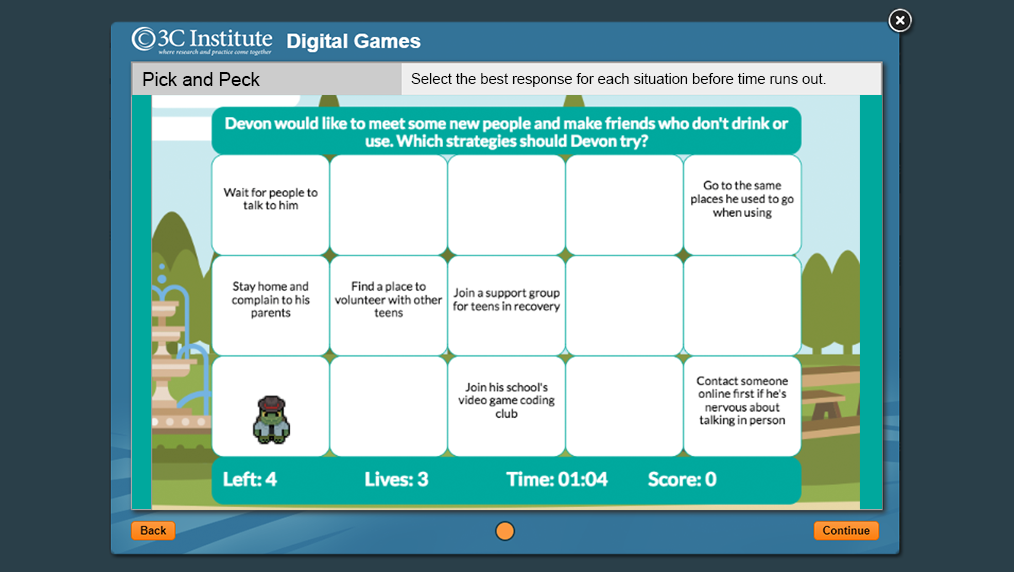
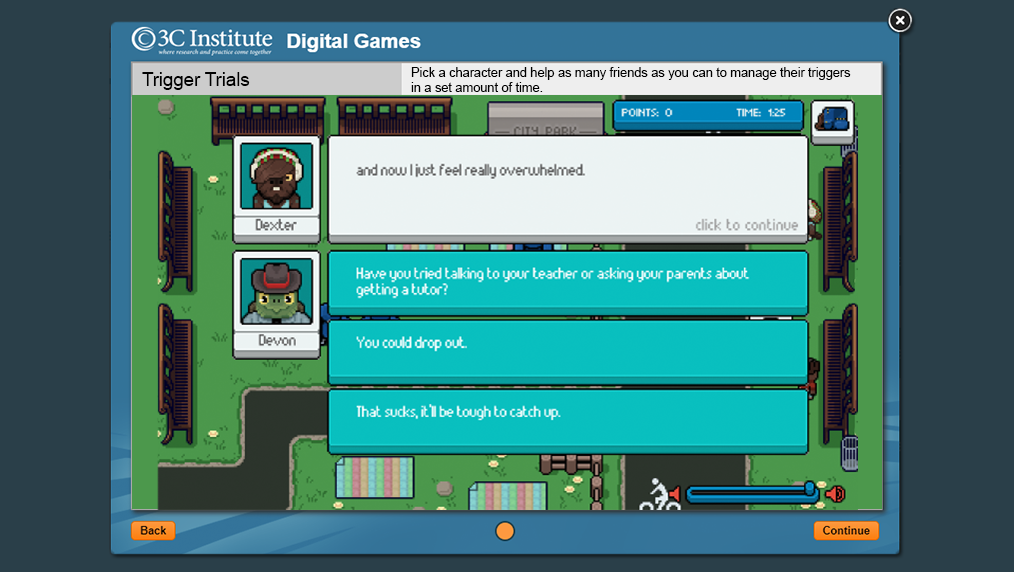
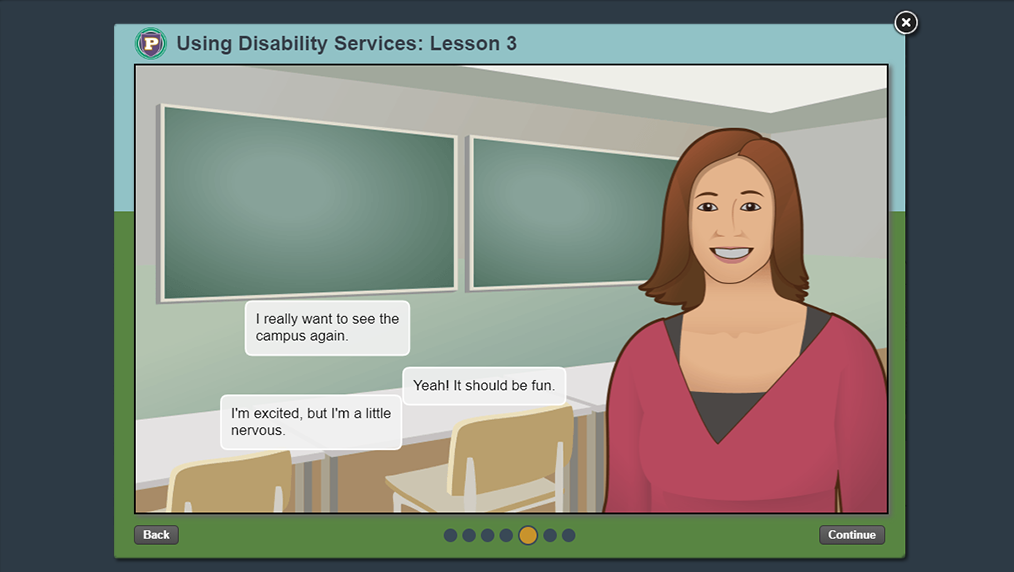
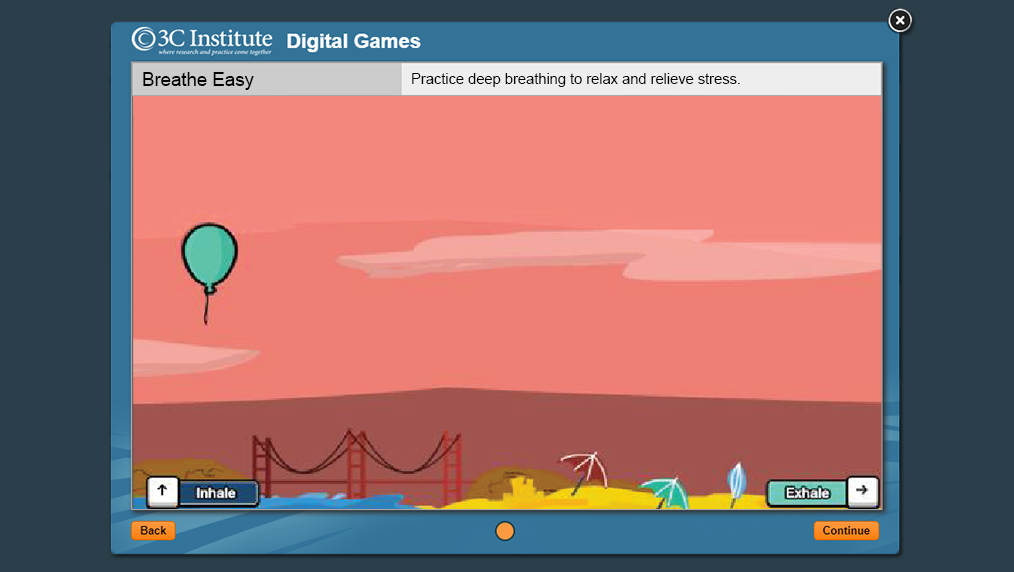
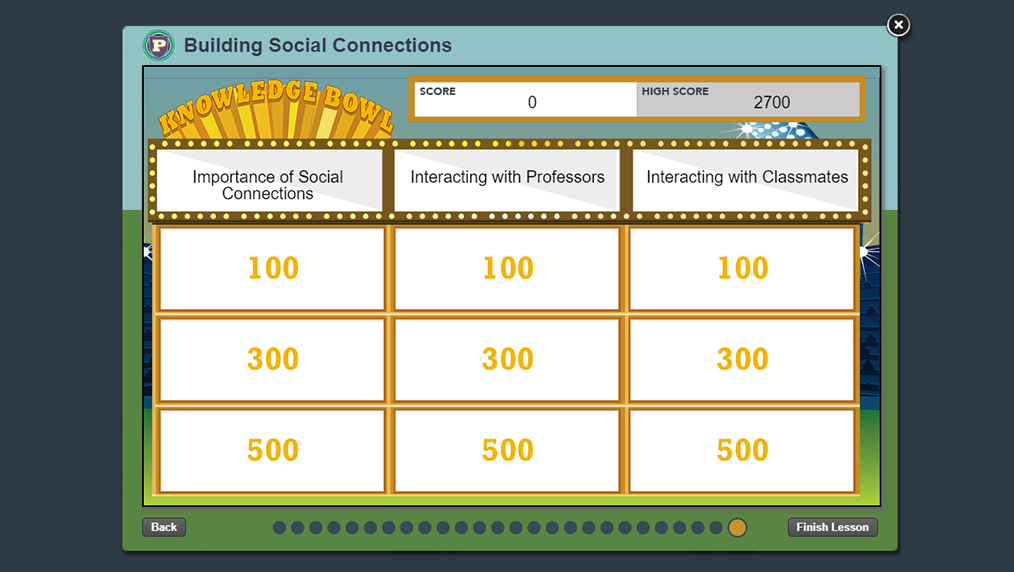
Mini-games
Mini-games support learning through shorter game play. Include mini-games in a course or game-based program to help users practice a specific skill or strategy or check their knowledge. Add them to an assessment to maintain engagement and reward students for progress.
You can use a 3C mini-game as is, 3C can modify the text and graphics of an existing mini-game to support your learning objectives, or we can work with you to develop a new mini-game.
Data collection and analysis
DeLP collects and analyzes user data, measuring user performance and progress to create useful feedback for users and valuable insights for your program. Administrators can review and download data from an administrator dashboard.
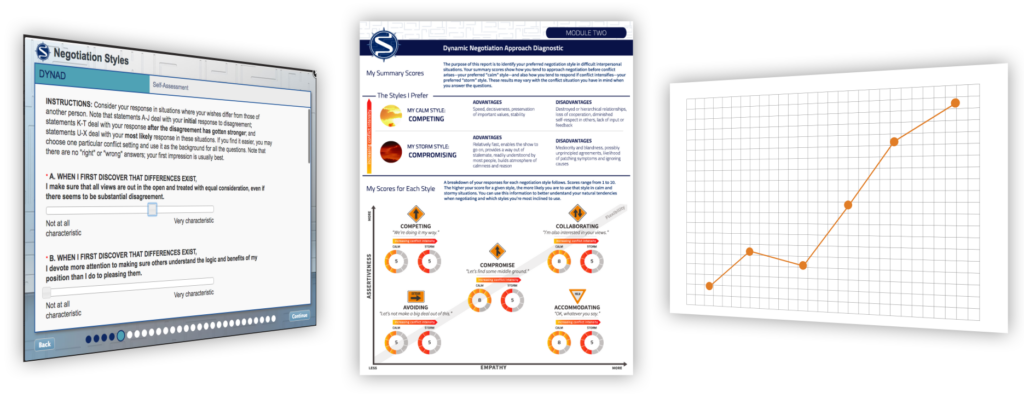
Collaborative course development
3C’s team of e-learning professionals will collaborate with you to adapt your content for e-learning and create a successful online course tailored to your learning objectives.
Share our DeLP Catalog, the E-Learning for Behavior Change flyer, or get the details on pricing.

